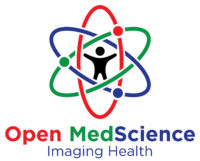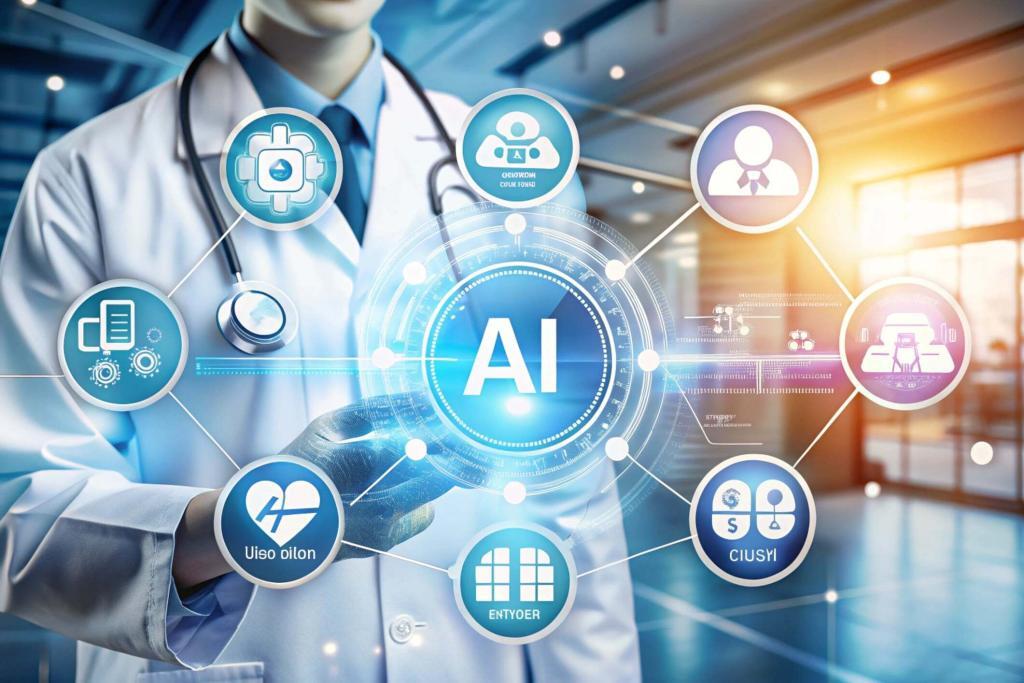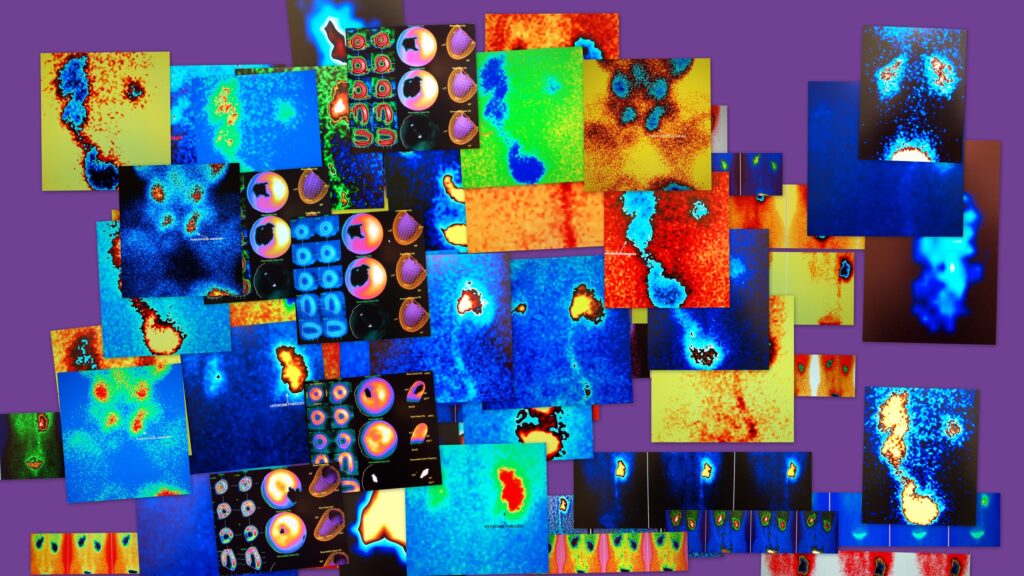Summary: Artificial intelligence (AI) is reshaping ultrasound imaging by enhancing diagnostic accuracy, improving workflow efficiency, and enabling new clinical applications. AI is becoming integral to medical ultrasound through image enhancement, automated analysis, decision support, and remote diagnostics. This article explores the transformative impact of AI across multiple aspects of ultrasound practice while considering challenges and future developments.
Keywords: Artificial Intelligence; Ultrasound Imaging; Medical Diagnostics; Image Processing; Machine Learning; Clinical Workflows.
Introduction to Ultrasound Imaging
Ultrasound imaging has long been valued for its safety, cost-effectiveness, and real-time diagnostic capabilities. As the technology evolves, the integration of artificial intelligence (AI) into ultrasound practice is transforming both clinical and operational aspects. AI offers powerful tools that can augment human expertise, automate routine tasks, and even uncover diagnostic insights that might otherwise be missed. This development is particularly important in an era where healthcare demands are rising and resources are often stretched.
Image Acquisition and Enhancement
One of the earliest and most visible applications of AI in ultrasound imaging is in the area of image acquisition. High-quality ultrasound images are essential for accurate diagnosis, yet factors such as operator skill, patient anatomy, and equipment quality can influence image quality.
AI-powered systems can guide operators in real-time, suggesting probe positioning adjustments or identifying suboptimal images. Automated settings adjustments, sometimes known as “smart scanning,” allow even less-experienced users to achieve high-quality images. Some portable ultrasound devices already incorporate AI algorithms that automatically optimise gain, focus, and depth based on the target anatomy.
AI also plays a significant role in post-acquisition image enhancement. Through sophisticated denoising, contrast improvement, and artefact removal techniques, AI ensures clearer images that enhance diagnostic confidence without the need for repeated scanning.
Automated Image Interpretation
Traditionally, ultrasound interpretation has required a high level of expertise and considerable training. Subtle differences in tissue characteristics and anatomical variations can complicate diagnosis, leading to variability between operators and institutions.
AI-driven analysis tools are increasingly used to assist in the interpretation of ultrasound images. These systems can automatically detect, measure, and characterise structures such as tumours, cysts, or blood vessels. For instance, in obstetrics, AI can automatically assess foetal biometry with impressive accuracy, reducing the time needed for manual measurements.
In cardiology, AI algorithms are capable of assessing heart function by analysing echocardiograms, including complex parameters like ejection fraction and chamber volumes. Such automated interpretation supports clinicians by reducing variability and offering preliminary findings that can be reviewed before a final diagnosis is made.
The use of AI for triaging studies is also emerging. By flagging abnormal cases for urgent review, AI can help streamline workflows and prioritise patient care.
Workflow Optimisation
AI not only assists in clinical tasks but also addresses operational challenges within ultrasound departments. Administrative burdens, such as scheduling, reporting, and quality control, consume valuable clinical time and resources.
Some AI platforms integrate workflow management capabilities, automating report generation by extracting key data directly from ultrasound systems. This reduces the need for manual entry, minimises errors, and accelerates reporting times. Natural language processing (NLP) is increasingly being used to create structured reports based on verbal notes or preliminary observations made during the scan.
Scheduling can also be optimised using predictive analytics, anticipating appointment durations based on the type of scan and patient complexity. This helps to improve department efficiency and patient throughput, which is particularly important in busy hospitals.
Moreover, AI systems can monitor quality standards across different users and devices, ensuring consistency and helping to identify areas for training and improvement.
Remote and Point-of-Care Ultrasound (POCUS)
The combination of portable ultrasound devices and AI is expanding the reach of diagnostic imaging into settings that previously had limited access to advanced medical technologies. Point-of-care ultrasound (POCUS) is increasingly used in emergency medicine, rural healthcare, and even at patients’ bedsides.
AI enables these portable systems to provide real-time guidance, quality assessment, and preliminary interpretation. For example, an AI-driven POCUS device may alert a paramedic in the field if it detects signs of internal bleeding or cardiac tamponade, prompting rapid transport to appropriate medical facilities.
Telemedicine applications are also benefiting. AI-enhanced ultrasound can support remote examinations by less experienced practitioners under the guidance of remote experts. AI can bridge gaps by ensuring that images are of diagnostic quality and assisting with initial interpretations before further consultation.
Such capabilities are particularly valuable in areas with a shortage of skilled sonographers or radiologists, helping to improve access to essential diagnostic services.
Challenges and Limitations
Although the advantages of AI in ultrasound imaging are considerable, several challenges must be addressed to fully realise its potential.
Firstly, AI algorithms are only as good as the data on which they are trained. Biases in training datasets can lead to reduced accuracy in certain populations or anatomical variations. Ensuring diversity and quality in training data is critical.
Regulatory frameworks for AI in medical imaging are still developing. Validating AI tools for clinical use requires rigorous testing to ensure safety, efficacy, and reliability across a broad range of scenarios. Additionally, there must be clarity regarding liability in cases where AI-assisted interpretation leads to misdiagnosis.
Ethical concerns are also significant. Patient privacy must be protected, especially when large datasets are shared for AI development. Furthermore, the integration of AI should not deskill healthcare professionals but rather support their expertise and training.
Finally, there is the issue of user acceptance. Trust in AI recommendations depends on transparency and interpretability. Clinicians must be able to understand and, if necessary, challenge AI-generated findings rather than being forced into a “black box” approach to decision-making.
Future Directions
The future of AI in ultrasound imaging is promising, with several trends worth noting.
Firstly, the integration of multimodal data – combining ultrasound with other clinical data sources such as laboratory results, electronic health records, and even genomic information – will create even more powerful decision-support systems. AI could provide personalised diagnostic pathways, improving outcomes based on individual patient profiles.
Secondly, continuous learning systems, where AI algorithms update and refine themselves based on ongoing clinical use, may improve adaptability and robustness. This requires secure and ethical data management practices but could significantly enhance AI performance over time.
AI may also facilitate new clinical applications for ultrasound. For example, advanced tissue characterisation techniques supported by AI could allow ultrasound to detect early-stage cancers or monitor treatment response more effectively than before.
Moreover, educational tools based on AI can support the training of new sonographers and clinicians. Simulation platforms using AI-generated cases can offer diverse and realistic training experiences, helping to address global workforce shortages.
Ultimately, the goal is for AI to work seamlessly alongside healthcare professionals, enhancing – not replacing – human judgement and expertise.
Conclusion
AI is playing an increasingly important role in ultrasound imaging, touching every part of the process, from image acquisition to interpretation, workflow management, and remote diagnostics. While the benefits are clear in terms of improving accuracy, efficiency, and accessibility, it is equally important to acknowledge and address the associated challenges.
With careful implementation, ethical consideration, and ongoing collaboration between clinicians, technologists, and regulators, AI has the potential to transform ultrasound imaging for the better. It represents an important step forward in delivering faster, more accurate, and more equitable healthcare across the globe.
Disclaimer:
The information presented in this article, Artificial Intelligence Transforms the Future of Ultrasound Imaging, is intended for general informational purposes only. While every effort has been made to ensure accuracy, Open Medscience does not guarantee the completeness or reliability of the content. The article does not constitute medical advice, diagnosis, or treatment, and should not be relied upon as such. Developments in artificial intelligence and medical imaging are evolving rapidly, and the regulatory, ethical, and clinical implications may vary by region and context. Healthcare professionals should exercise their own independent clinical judgement and consult relevant guidelines before applying any of the information discussed. Open Medscience accepts no responsibility for any loss or harm arising from the use of this content.




